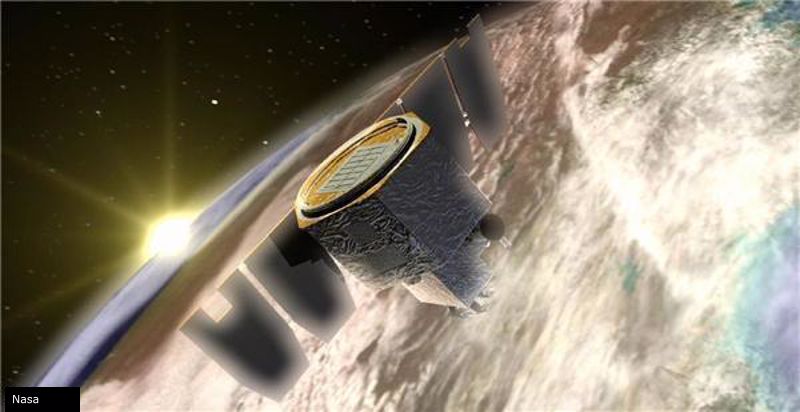
IoT and 5G: A space odyssey
By PrologistixFebruary 27, 2023
Humans have been gazing into the night skies for millennia, wondering what's out there in the vast expanses of space. Advances in technology over the last several centuries — ranging from the humble 16th-century telescope to high-tech infrared imaging — have allowed us to understand much more of the universe around us.
Manned and remote-controlled space exploration during the last few decades has deepened our knowledge even further. Now, we have thousands of satellites orbiting Earth, with a vast array of uses and applications. The latest? Expanding the reach of the internet of things (IoT) and the fifth-generation global network (5G) from space.
Let's explore how scientists and engineers are collaborating to make this a reality:
The lowdown on IoT satellites
Most relatively tech-savvy people are familiar with IoT (even if they don't know it). It's the gigantic network of devices connected to the internet and, sometimes, each other. This technology has largely been earthbound and because of this, one large challenge is connecting people and devices that are positioned far away from most internet networks and cell towers.
Per Microtonics, it's estimated that "only 10% of the world is accessible via terrestrial networks," which is surprising, given the billions of IoT devices currently being utilized. However, it makes sense when you consider that millions of people live in remote areas, especially in developing countries in continents such as South America, Asia and Africa.
But, that's all changing. As BISinfotech explains, there's now a "constellation" of low orbit satellites (called Sat-IoT) that can facilitate communication between devices that aren't connected to an internet network due to geographical constraints.

Devices that use satellites to communicate — such as satellite phones and GPS — don't need wifi or a phone signal. Basically, Sat-IoT allows people to transfer and exchange data with one another even if they're in a signal dead zone or there's no internet infrastructure.
How 5G fits into the picture
5G is the latest generation mobile network. Such grids allow people to make phone calls and connect to the internet on their cell phones through cell towers. Naturally, you need this infrastructure nearby to connect to a broadband cellular network. However, that might not be the case for much longer.
According to Space News, a circuit of 5G satellites will allow millions of people to interact with each other and transmit data in near real-time through IoT even if they don't live or work near mobile signal stations These regions include mountains, deserts, canyons and valleys and, perhaps obviously, oceans. This technology will also prove particularly useful in disaster zones if other coverage networks have been wiped out by floods, tornadoes, cyclones or earthquakes.
The European Space Agency (ESA) has recently given its stamp of approval for this cutting-edge tech, and with good reason. Not only is it scientifically sound and physically viable, but it will also be incredibly profitable: It's predicted that the global satellite-enabled IoT market will be worth almost $14 billion in just over five years.
Partner with Perle for future-forward solutions
Space exploration and technology aren't science fiction anymore — it's happening here and now. Perle is proud to be part of the space age, providing organizations working in the aerospace field with high-quality IoT hardware and software. Team up with us to be part of the space IoT revolution.



